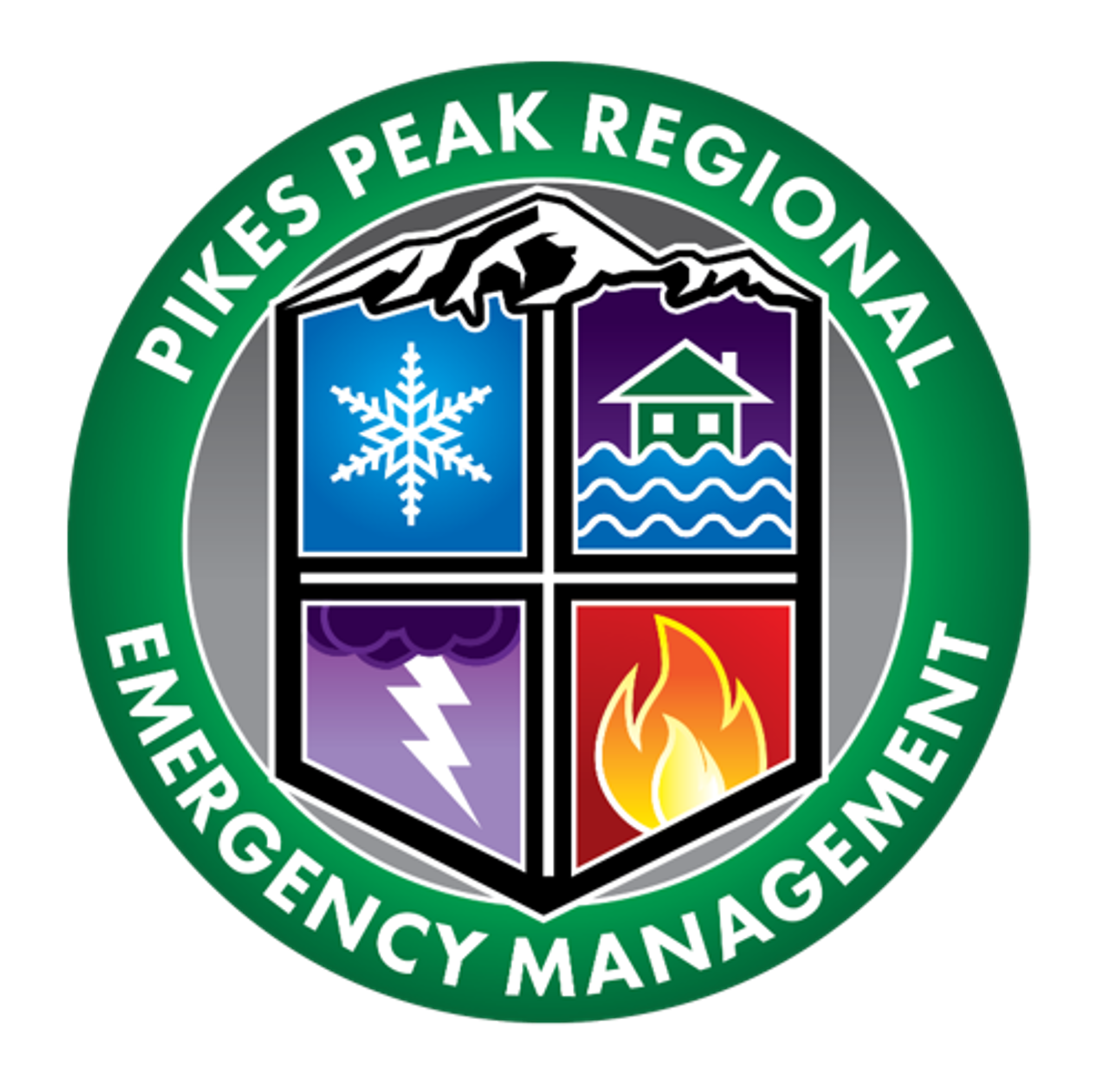In an emergency, the steps you took to prepare in advance can make a lifesaving difference. You can help yourself and the entire community by getting ready before an evacuation, and taking the right actions when an evacuation notice happens.
Before Evacuation: Be Prepared
Know Your Risks
Be aware of local threats and make sure you'll be notified of evacuations, by signing for for Peak Alerts at peakalerts.org
Learn the types of disasters that are likely in your community and the local emergency, evacuation and shelter plans for each specific disaster.
Plan several ways out of your area, by vehicle and on foot. Be familiar with alternate routes and other means of transportation out of your area.
Make a Plan
Talk to your family and neighbors about what you'll do to evacuate at different times. What if your family members are not all at home? What if it's in the middle of the night? What time of year? These and other factors may require you to have different plans in place for different incidents.
Consider where you will go if you are advised to evacuate. Identify several places you could go in an emergency such as a friend’s home in another town or a motel. Choose destinations in different directions so that you have options during an emergency. If needed, identify a place to stay that will accept pets. If emergency shelters are established, in the Pikes Peak Region an accompanying pet animal shelter will usually be available for domestic animals. Separate large animal and livestock shelters may be activated as needed. Be sure to include transportation plans for large animals or livestock if needed.
Come up with a family/household plan to stay in touch in case you become separated; have a meeting place away from your neighborhood, and update it depending on the circumstance.
Take Action
Assemble supplies that are ready for evacuation. Prepare a “go-bag” you can carry when you evacuate on foot or public transportation and supplies for traveling longer distances if you have a car.
If you have a car: Keep a full tank of gas if an evacuation seems likely. Keep a half tank of gas in it at all times in case of an unexpected need to evacuate or other emergency. Gas stations may be closed during emergencies or unable to pump gas during power outages. Plan to take one car per family to reduce congestion and delay. Make sure you have a portable emergency kit in the car.
If you do not have a car: Plan how you will leave if needed. Plan with neighbors and friends to assist each other with evacuation needs.
Pre-Evacuation Notice: Get Ready
Public safety officials may issue a Pre-evacuation Warning for your area. This means that there is a high probability that you will be ordered to evacuate in the near future.
- You need to act immediately to prepare to leave
- If you need transportation assistance, arrange it now
- If you need additional time to evacuate, or have special concerns, consider leaving now
- If you are in a Pre-evacuation Warning area, YOU DO NOT have to wait to be ordered to leave.
- Continue listening to local radio, television, or the official agency social media outlets for further instructions
During Evacuation: What to Do
Act Immediately
If all people and pets will fit in one vehicle, only take one vehicle per household. Evacuation is more efficient with fewer vehicles on the road.
Take your emergency supply kit, including what you need for personal and pet care.
Wear sturdy shoes and clothing that provides some protection such as long pants, long-sleeved shirts and a hat.
Follow emergency notification instructions and those given by local law enforcement authorities along the evacuation route.
Monitor media and emergency notifications and follow local evacuation instructions.
Be alert for road hazards such as washed-out roads or bridges and downed power lines. Do not drive into flooded areas.
Communicate
If time allows, call or email the out-of-state contact in your family communications plan. Give them information to pass on to other loved ones.
Check with neighbors who may need a ride or other help.
Once you are safely out of the evacuated area, check in at the established evacuation center to stay in communication with authorities about the status of your home and other updates.
After the Emergency: Re-Entry
Have ID Ready for Re-entry
Have identification with your current address. You may need to provide proof of residence to be allowed to return to your neighborhood post-disaster.
Plan for Continuing Needs
If you are returning to disaster-affected areas, be prepared for disruptions to daily activities and remember that returning home before debris is cleared and utilities are repaired may be dangerous.
Charge devices and consider getting back-up batteries in case of power-outages during disaster recovery, depending on the type of incident.
Stay Safe
Check for public health authorities messaging about any potential health hazards remaining in the area.
Avoid downed power or utility lines and report them immediately to the utility company.
Only use generators outside and away from your home and NEVER run a generator inside a home or garage or connect it to your home's electrical system.
Recovery Finances and Documentation
Be familiar with your insurance coverage policies and restrictions. For example, you may need to document damage prior to doing any temporary repairs. Save receipts for hotels, food, repair items, etc. and take photographs of damage and repair work. An extensive guide to preparing documents, insurance, and finances can be found in the Emergency Financial First Aid kit guide here.

